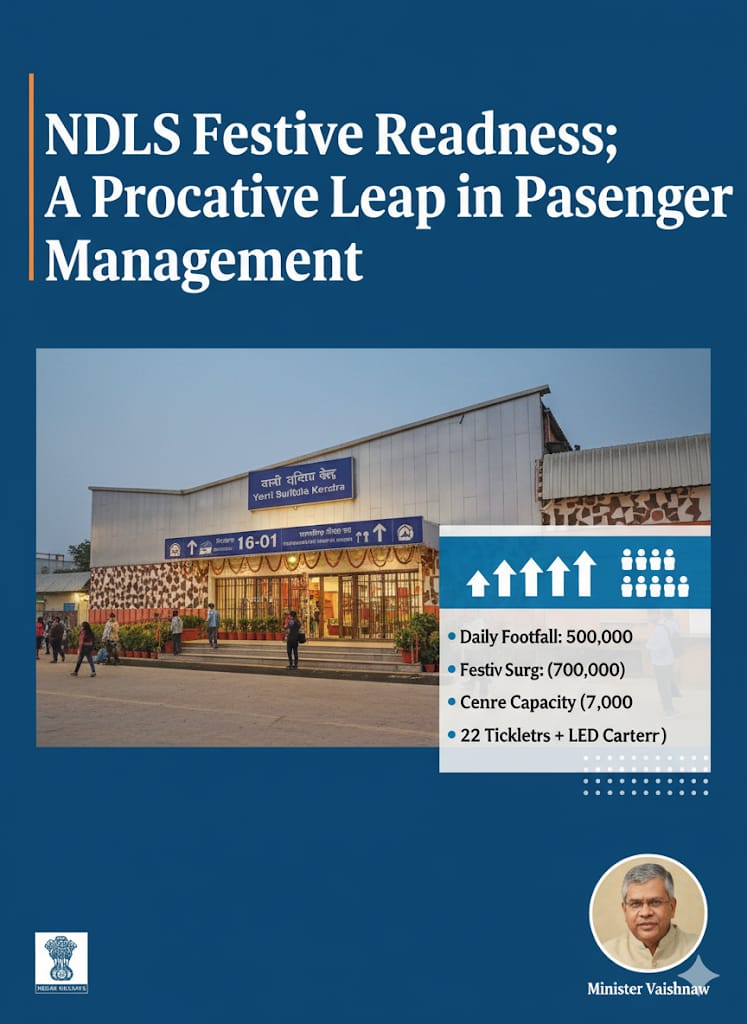.jpeg)
The Nobel Prize in Economic Sciences for 2025 has travelled through time itself. Awarded to Joel Mokyr, Philippe Aghion, and Peter Howitt, the prize celebrates their pioneering research on how innovation connects the past, present, and future of economic growth. Together, their ideas explain not just how societies invent but why they continue to progress—or sometimes fail to.
At the centre of this year’s Nobel lies a timeless question: why do some societies evolve through creativity and technology, while others stagnate despite resources and talent? Mokyr, a historian of economic thought, explored this mystery through centuries of innovation. He looked at how societies have transformed knowledge into power since the Industrial Revolution. According to him, the 18th and 19th centuries were not just about machines but about a change in mindset. People began to see invention as both possible and desirable. It was not one great mind but a culture of curiosity and experimentation that turned Britain into the birthplace of modern industry.
Mokyr’s contribution lies in showing that innovation is as much a social phenomenon as it is a technical one. It depends on how societies treat knowledge. When ideas are freely exchanged, debated, and refined, invention accelerates. When authority or dogma suppresses new thinking, progress slows. His research reminds us that the roots of prosperity often grow in the soil of intellectual freedom.
Philippe Aghion and Peter Howitt, building on these historical insights, took the idea of innovation into the world of economic theory. Their model, often called the “Schumpeterian growth theory,” focuses on the process of creative destruction—a phrase first used by economist Joseph Schumpeter. It describes how new technologies and ideas replace old ones, driving growth while disrupting existing industries. For instance, the rise of digital photography destroyed the film business but created a far larger digital economy.
Aghion and Howitt mathematically demonstrated how this process works. They showed that innovation is not just a random spark of genius but a structured force that shapes the economy. However, this process is never smooth. Old firms resist change. Incumbents cling to established methods because they benefit from them. Governments too may slow down innovation, either through bureaucracy or by protecting outdated industries.
Yet, the same resistance can paradoxically give rise to stronger innovation. When creative minds push against limits, they often discover entirely new paths. This tension between stability and disruption, comfort and curiosity, forms the central rhythm of modern economic life.
The trio’s combined work reveals that innovation thrives best where institutions support experimentation. Universities, research centers, and even democratic forums contribute by keeping the dialogue of progress alive. A society’s willingness to tolerate uncertainty and failure determines how fast it can move forward.
This year’s Nobel also celebrates the moral aspect of innovation. Mokyr’s writings, particularly his book The Gifts of Athena, highlight how knowledge itself is humanity’s greatest capital. He describes inventors and thinkers as the “tinkerers of civilization,” capable of bridging theory with practice. Aghion and Howitt, meanwhile, remind us that innovation must remain inclusive. Economic growth loses meaning if it benefits only a few.
In a world racing towards artificial intelligence, genetic engineering, and climate technology, the trio’s work feels deeply relevant. It tells us that progress is not simply a function of machines but of mindsets. As automation reshapes jobs and societies grapple with inequality, understanding how innovation works—and how it can be steered ethically—has never been more urgent.
By honouring Mokyr, Aghion, and Howitt, the Royal Swedish Academy has not only recognized their intellectual brilliance but also offered a message for our times. The future of growth lies not merely in faster algorithms or taller skyscrapers but in nurturing the same spirit of curiosity that once lit the furnaces of the Industrial Revolution. Innovation, after all, is humanity’s longest conversation with itself—one that began centuries ago and shows no sign of ending.


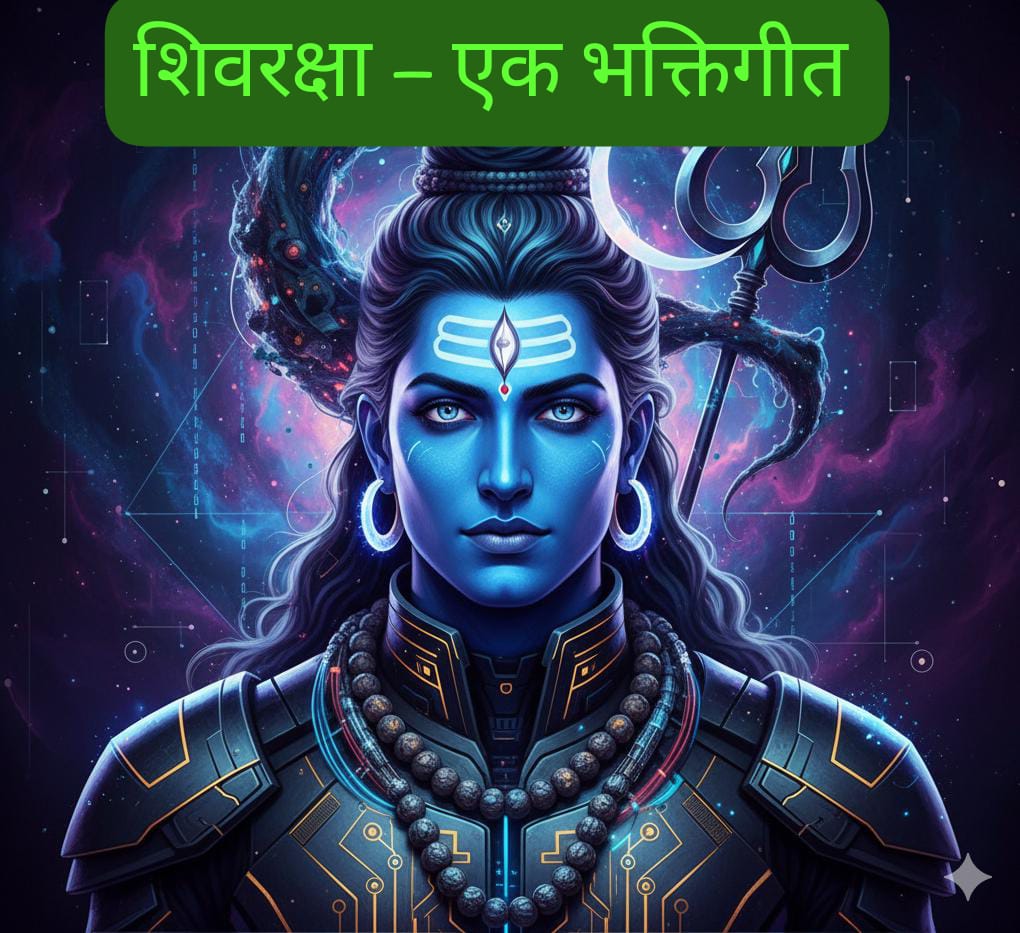

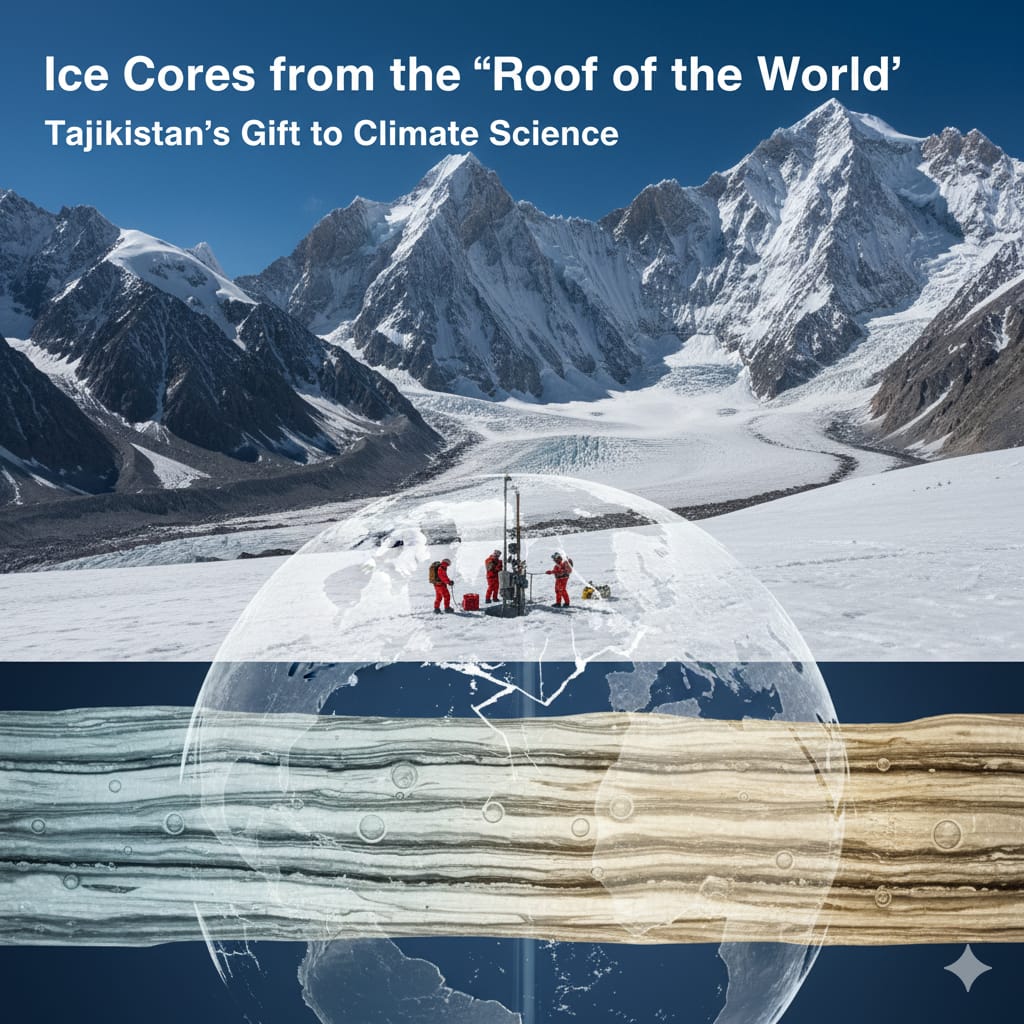



.jpeg)
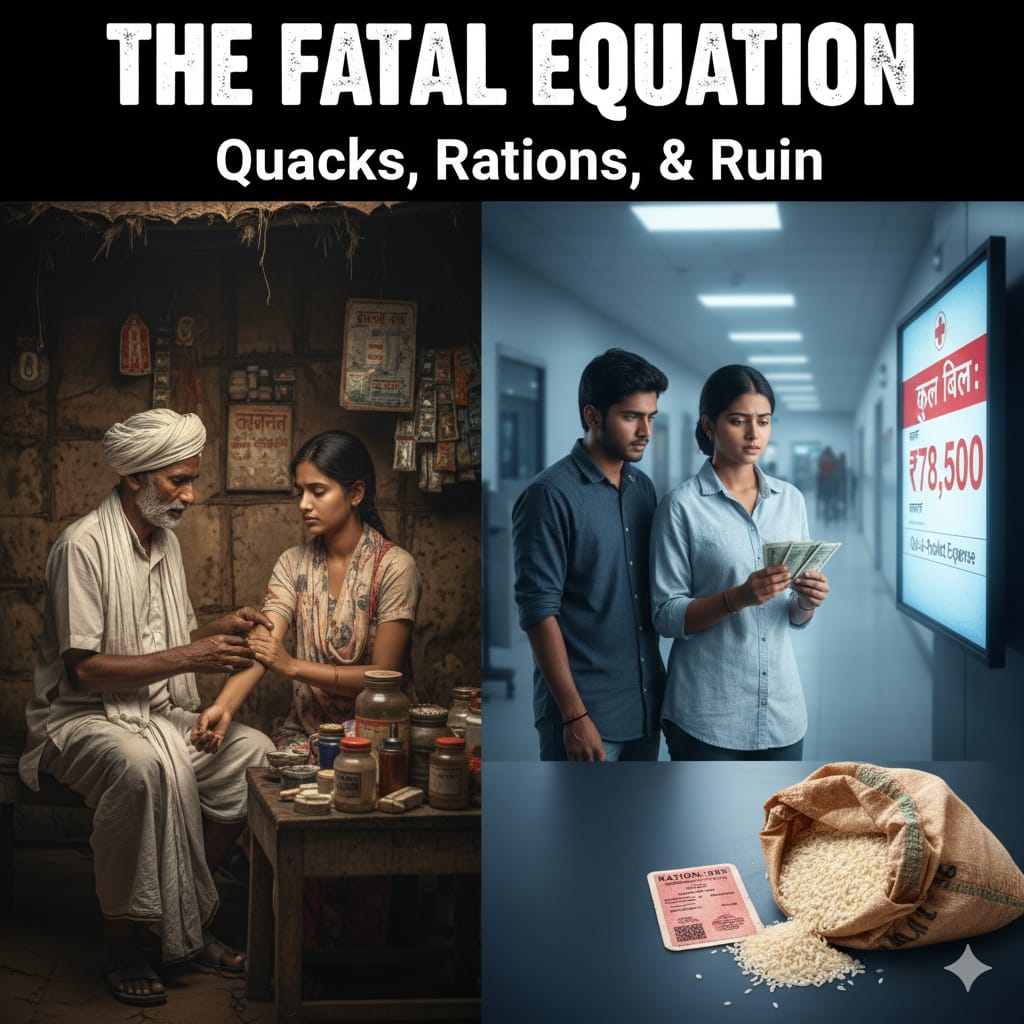
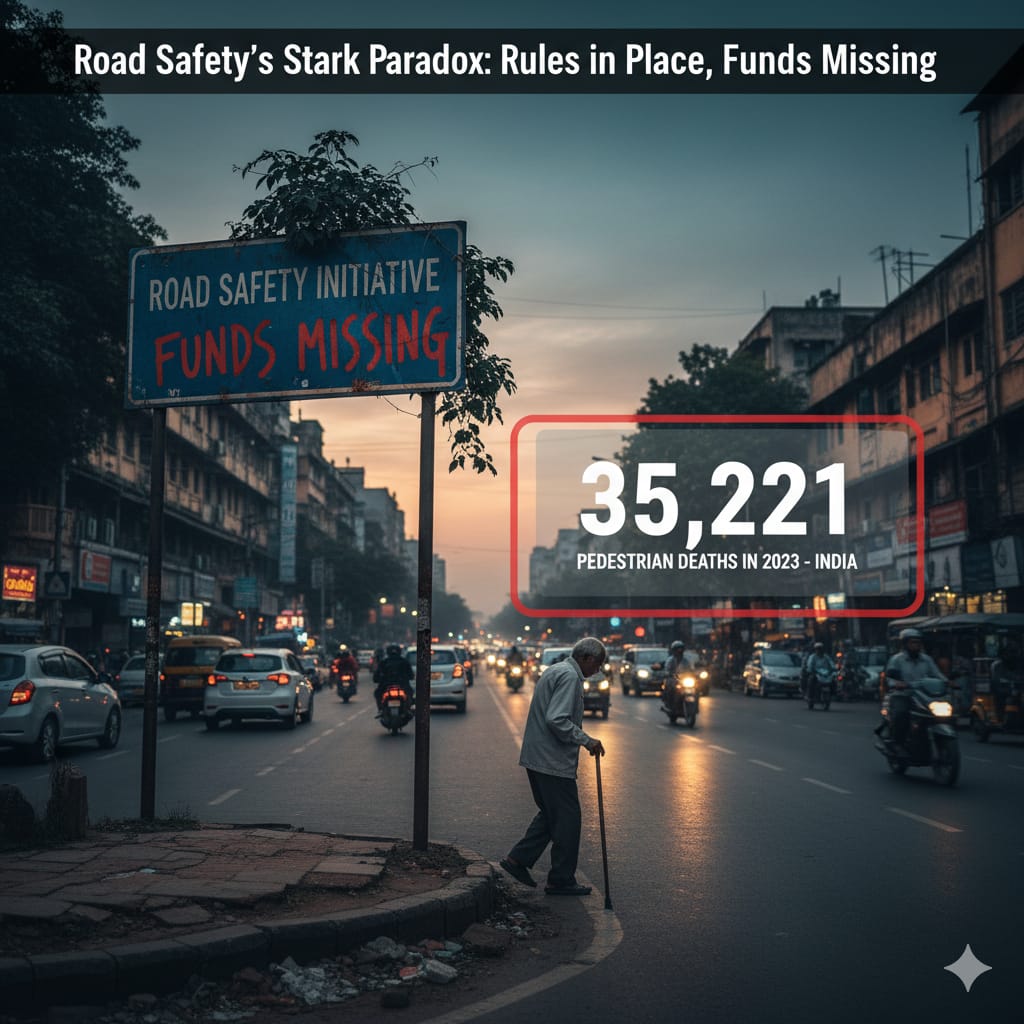
.jpeg)

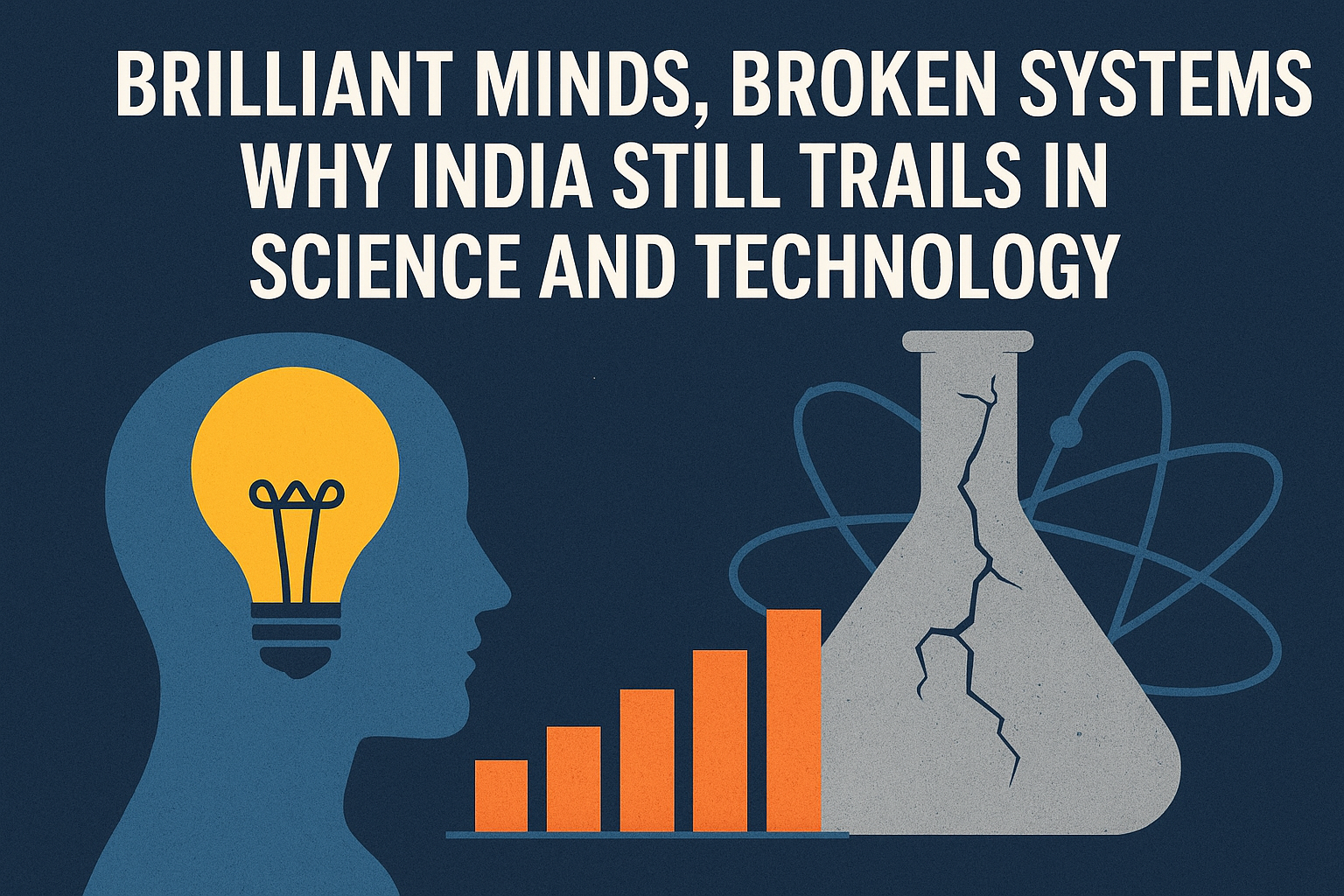

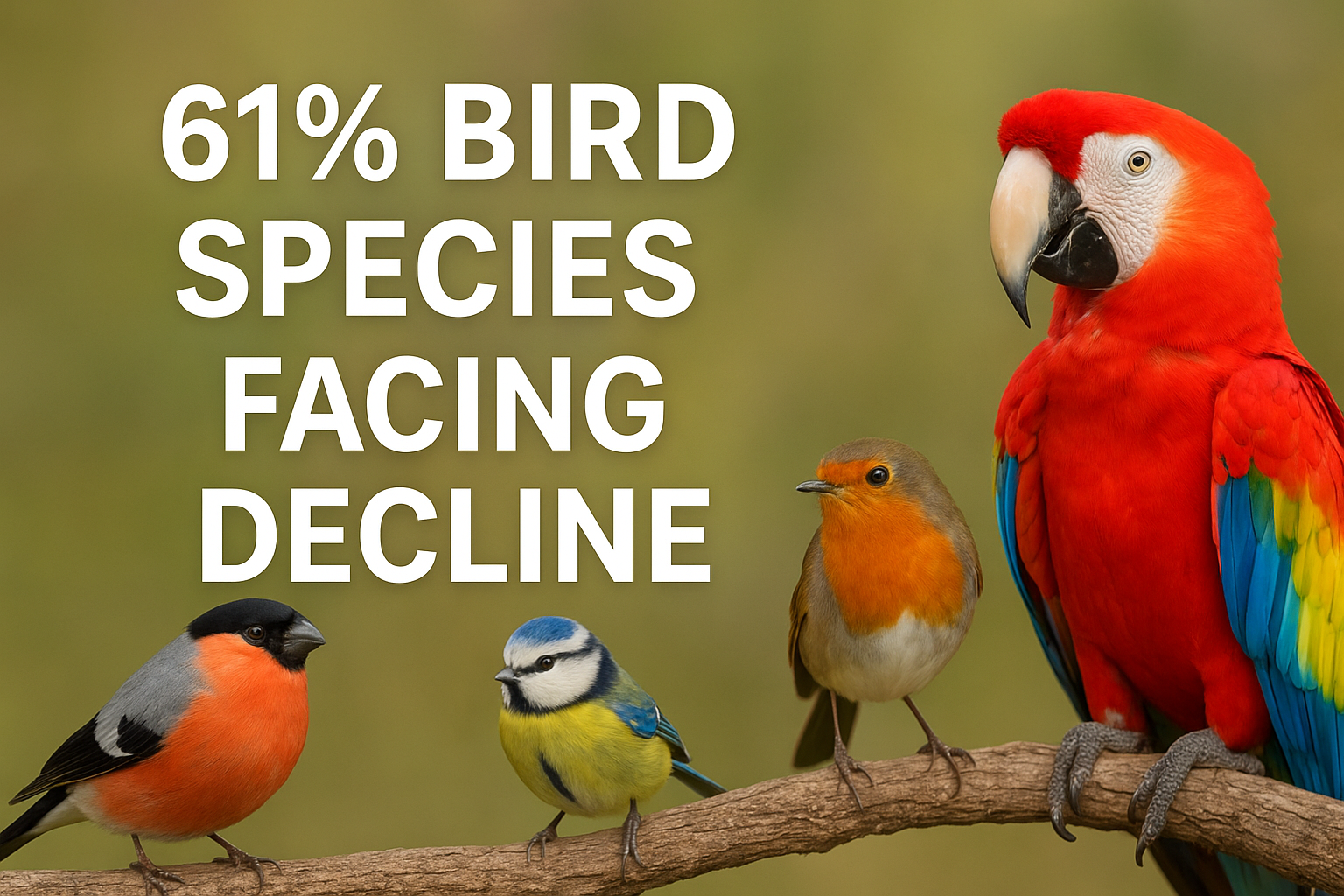
.jpeg)
